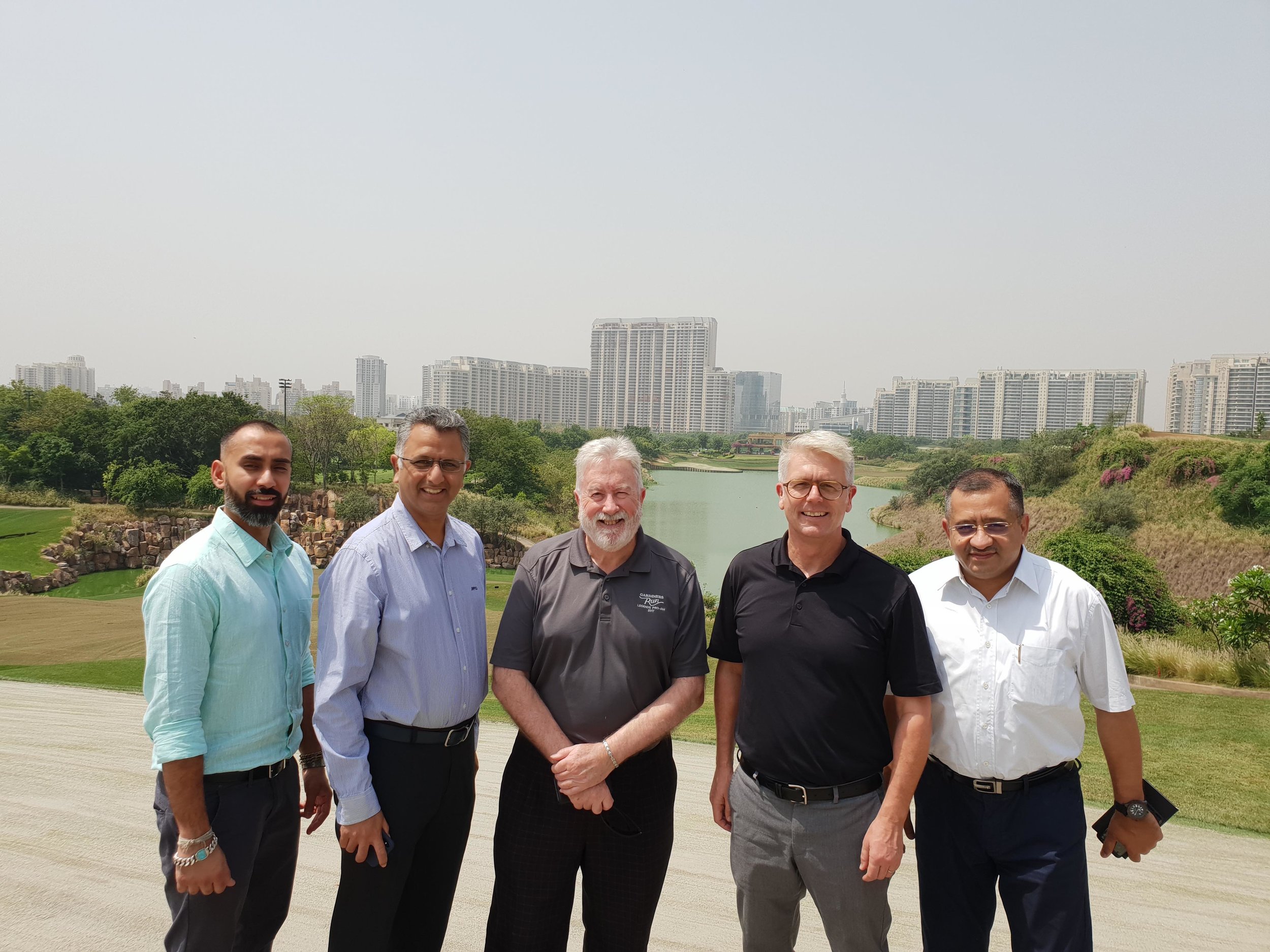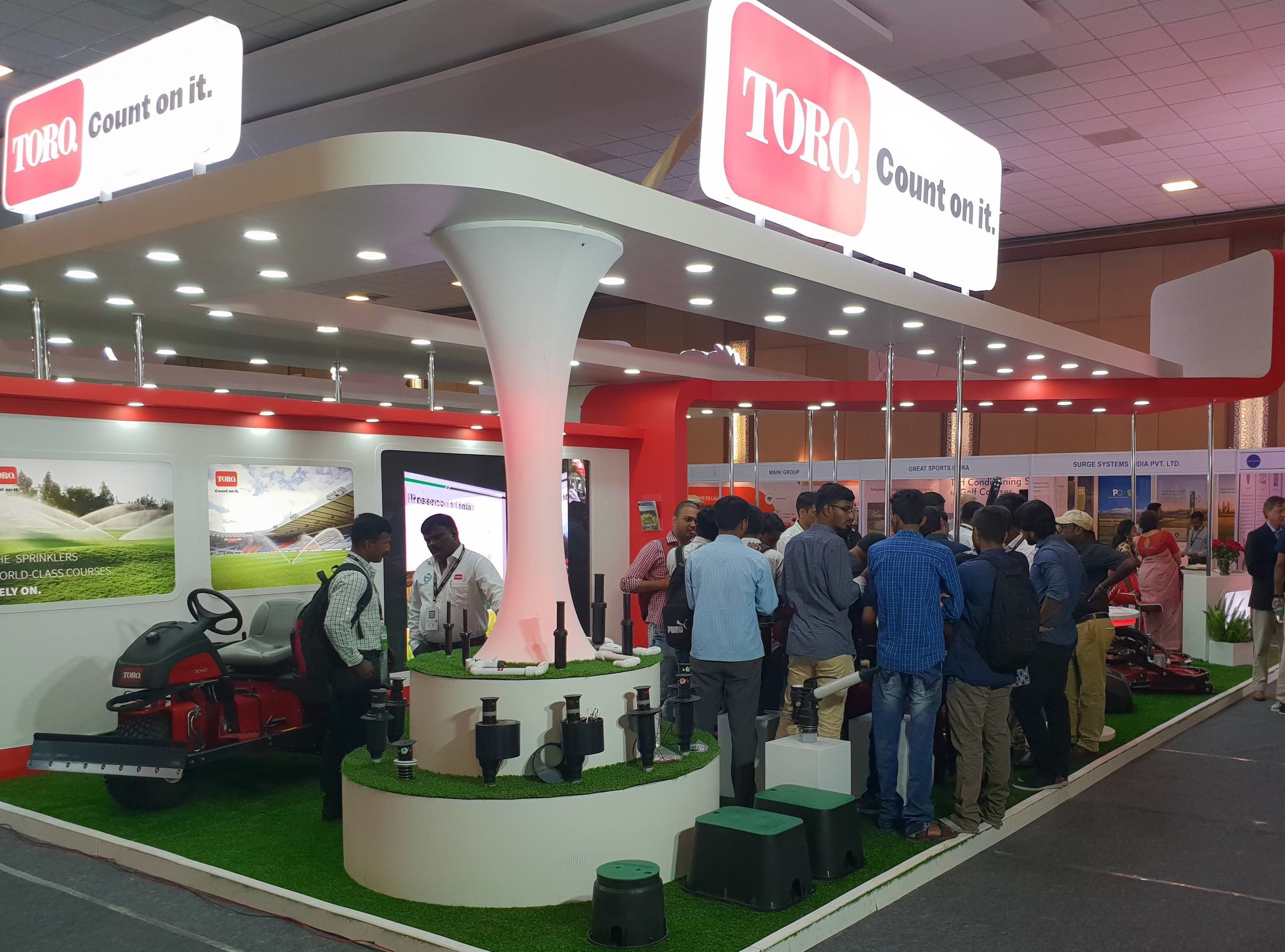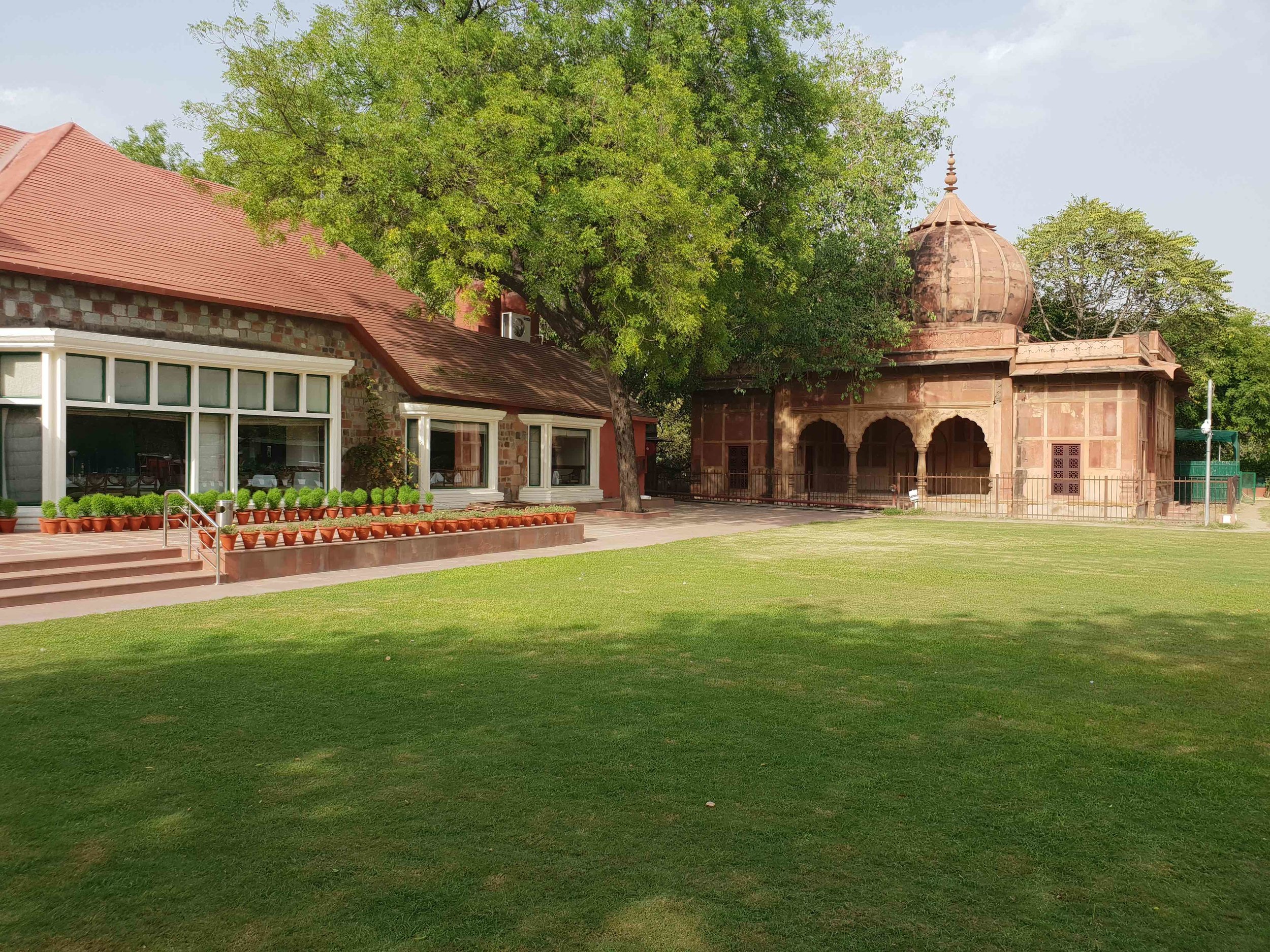The emerging India golf market
Last month I had the pleasure of attending the India Golf Expo in Bangalore. The event is the annual gathering of India’s golf industry and is delivered by the Golf Industry Association, India’s equivalent to the Australian Golf Industry Council.
The India Golf Expo’s content covered environmental sustainability, golf tourism, business planning and golf residential development and the event was supported by all of India’s major golf industry suppliers, including Toro and Club Car. I enjoyed being on stage to discuss golf tourism (particularly Visit Victoria’s strategic approach), planning for success, and sharing detailed insights from the Australian golf market. The event was also a great opportunity for me to learn more about the local industry.
The golf market in India is small and developing: with a population base of over 1.3 billion people (!) there are only 150,000+ golfers and of the 230+ golf courses, 100 have restricted access to defence personnel only. So, excluding the defence golfers and courses, you could define the market as 100,000+ golfers and 130+ courses. Given India’s population base and the ‘growing middle-class’, golf is well positioned for continued, and hopefully rapid, growth.
It appears most new golf course developments, if not all, are associated with residential developments. Planning regulations require the provision of ‘open space’ (20%) for all major residential land re-developments, therefore, for large developments, golf is a very attractive open space activity. Golf delivers a premium to residential land and property values and provides a revenue opportunity for its open space requirement.
Prior to the Expo, I spent two days in Delhi (population 19 million!) and met up with senior leadership at a number of amazing facilities. The stand-outs were:
- DLF Golf and Country Club: Opened in 1999, this 27-hole facility is one of India’s premier member-based clubs and the current home to the men’s Indian Open, a European Tour event.
- Delhi Golf Club: Established in 1950 with an 18-hole golf course and a 9-hole short-course, it currently occupies 180 acres of valuable land. There are six 16th Century tombs located on the property, with the original clubhouse erected very close to one. Based on current regulations, any new construction must be at least 100 metres from a tomb, so plans for future re-development of the club’s facilities present a challenging task. There’s a 30-year wait list to join the club and there are over 115,000 golf rounds played each year – it’s a very busy place (which is pretty much consistent with Delhi).
- Karma Lakelands: About 45 minutes south of Delhi, this 9-hole golf course opened ten years ago and is adjacent to a developing villa community. Its new spectacular clubhouse opened in 2017 and includes a grand ballroom that, together with the adjacent outdoor area, can accommodate nearly 800 people (which is common for some Indian weddings!). Karma Lakelands is about to embark on its next phase of evolution including seniors’ living and other hi-rise residential developments.
Like Australia, those involved with India’s golf industry are very passionate and optimistic about golf’s future development potential. There is genuine excitement about young professional golfer Shubhankar Sharma, who is playing on the European Tour, and the positive impact he can have on broadening golf’s appeal and activating the massive population.
Many thanks to Phil Ryan, Director at Pacific Coast Design and Board Member of Golf Industry Association, for inviting me to participate in this year’s India Golf Expo.
Guy Chapple, May 2018




